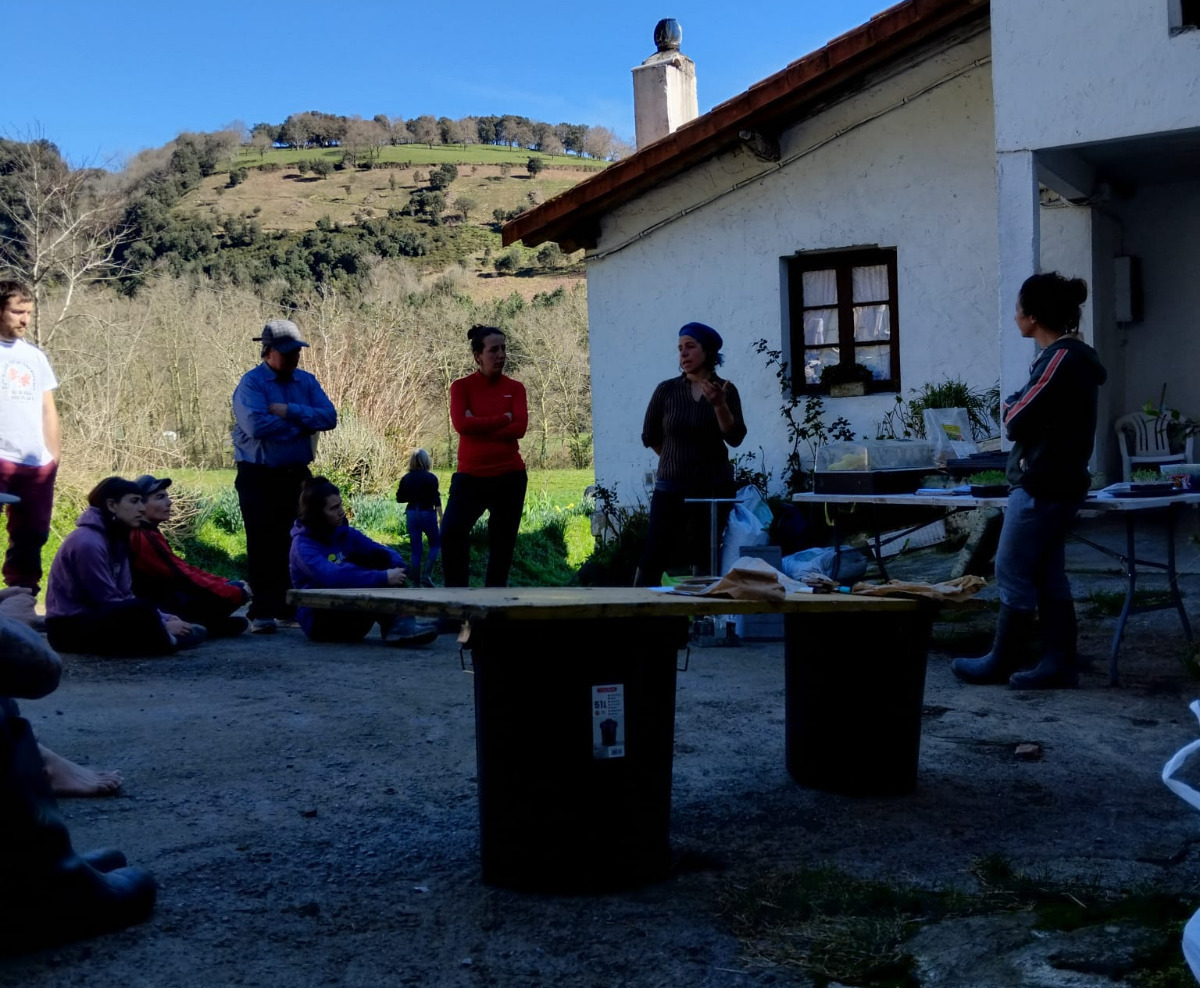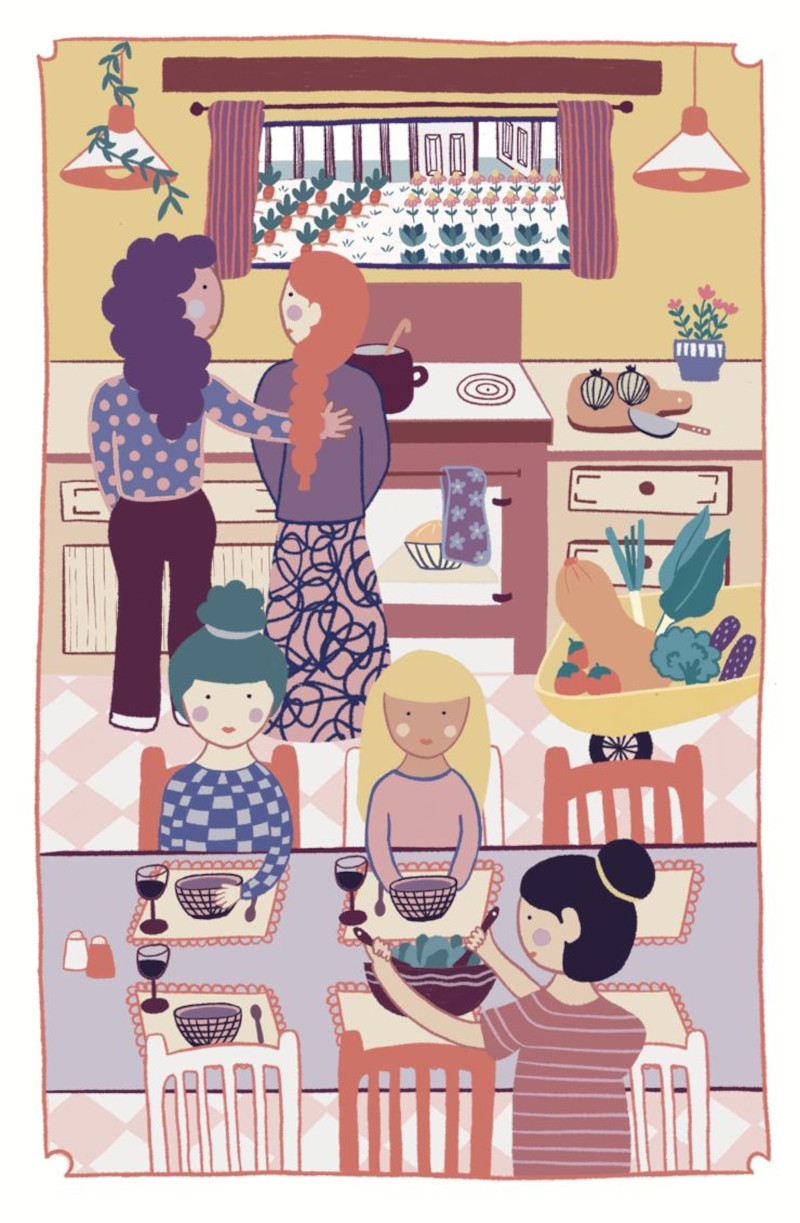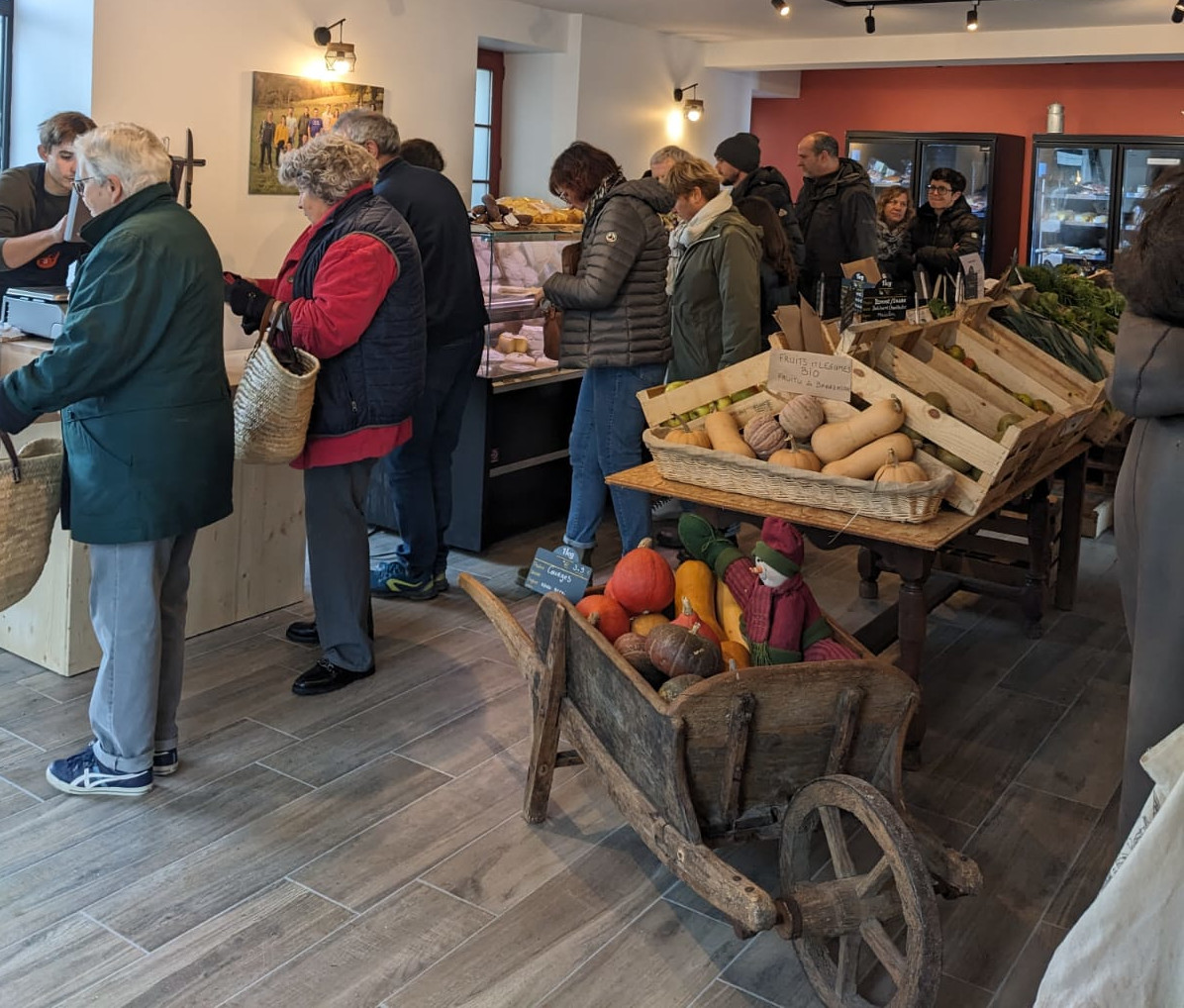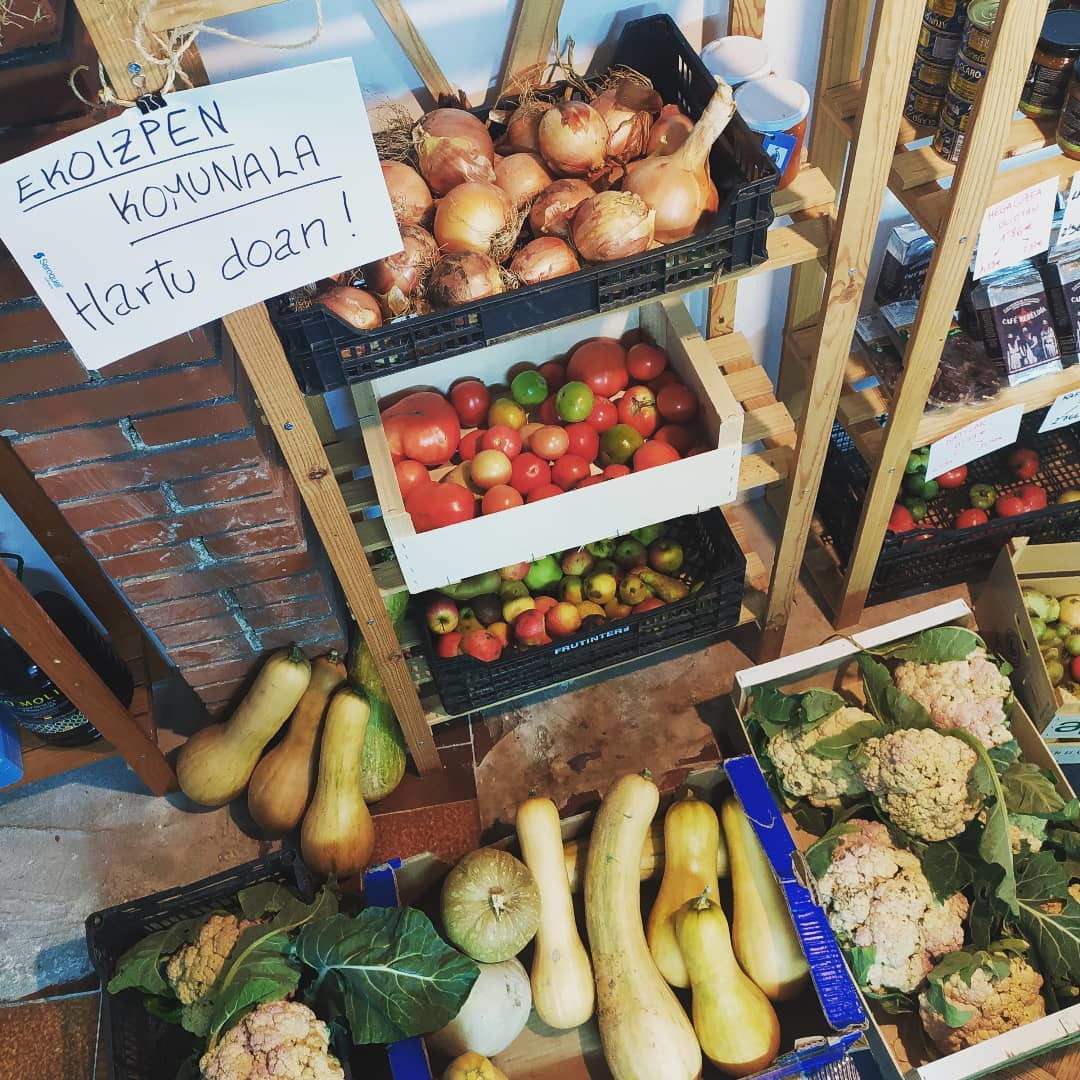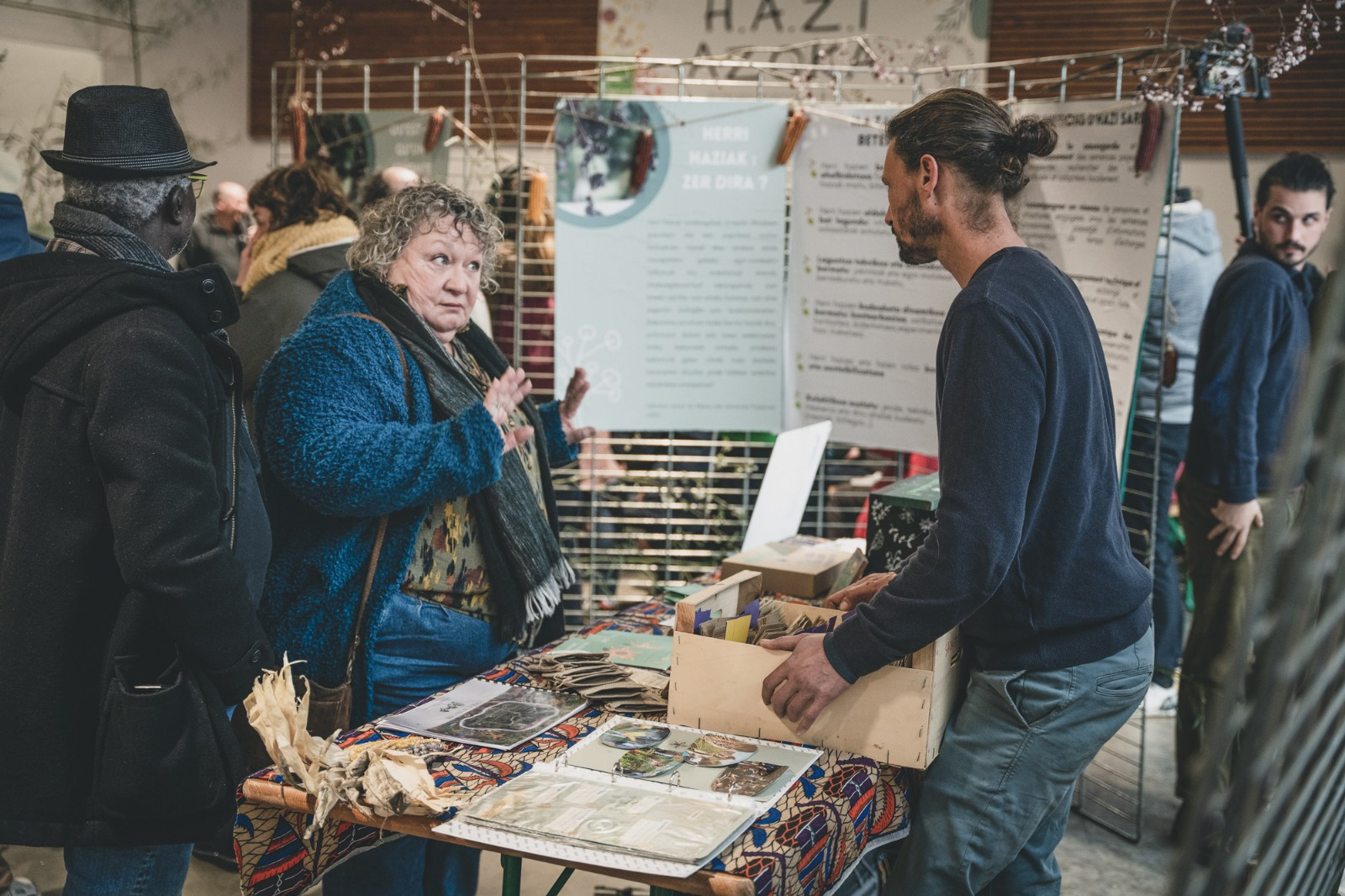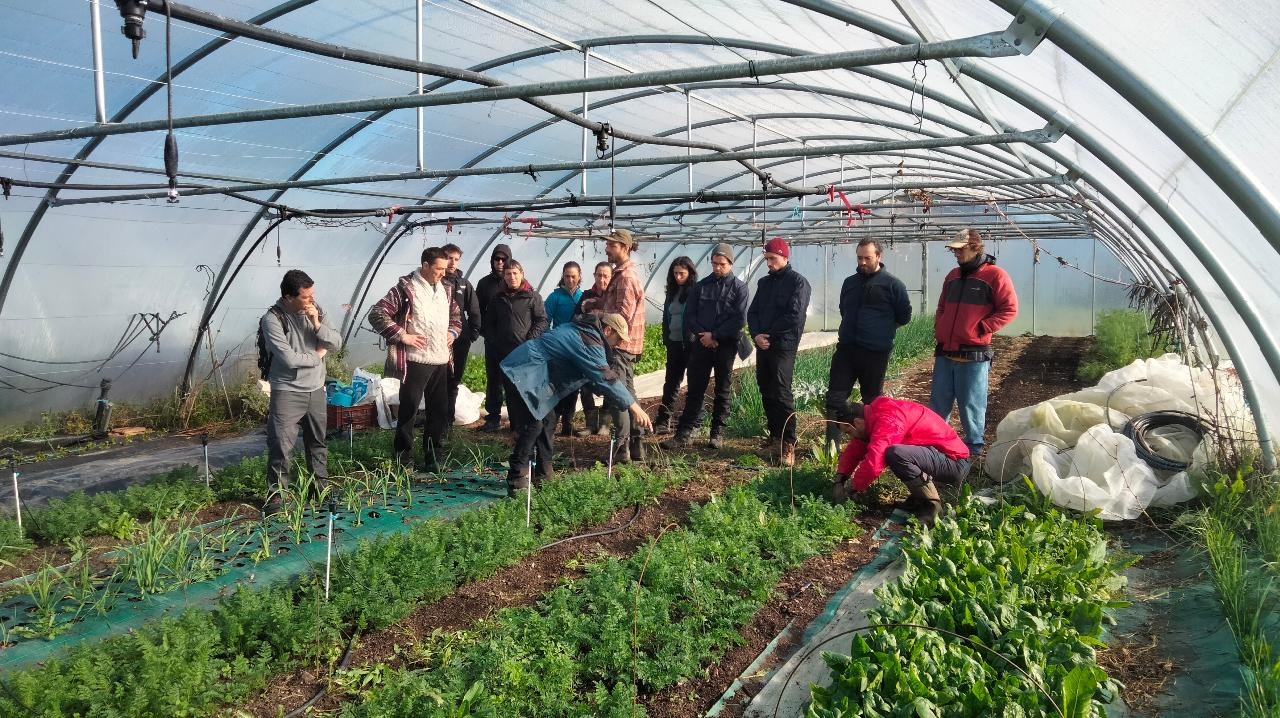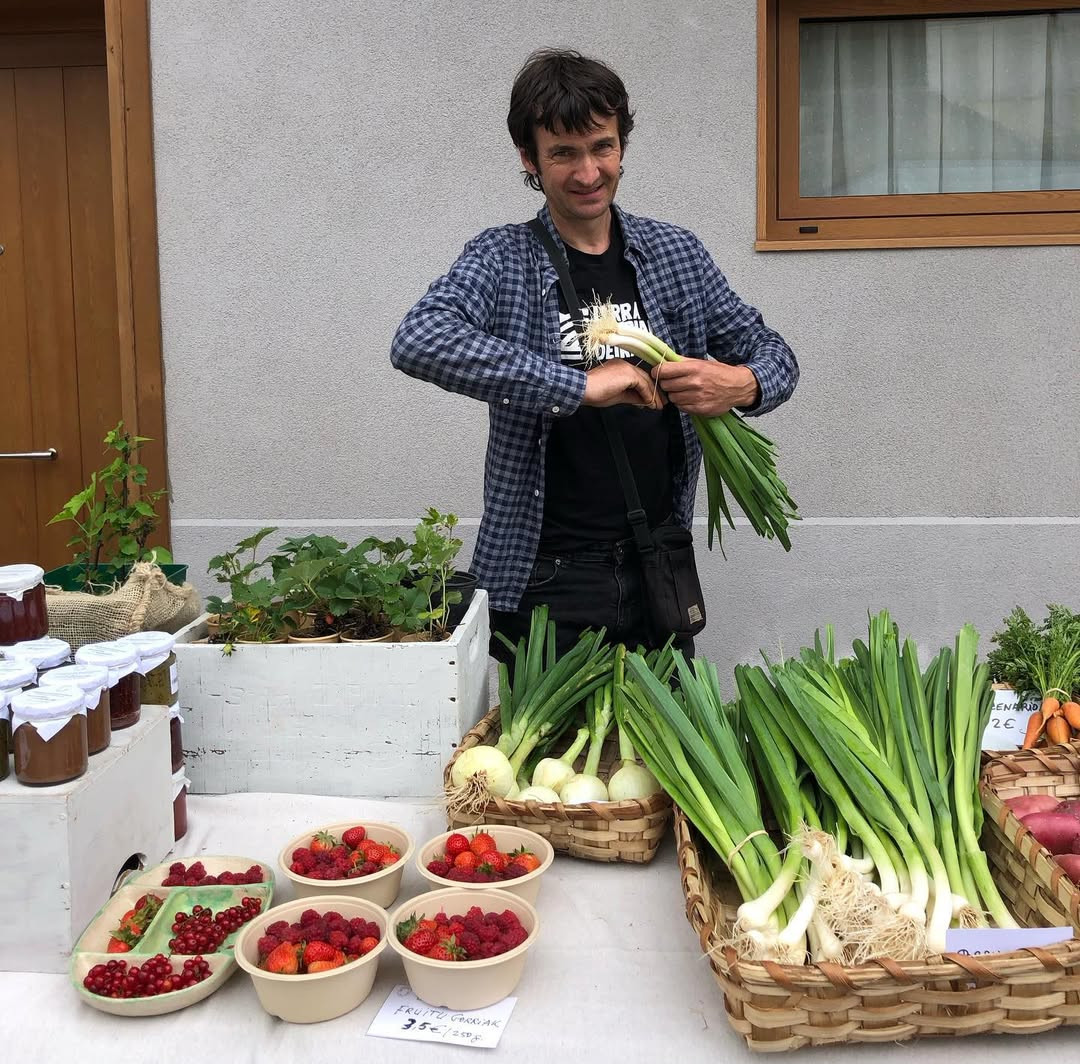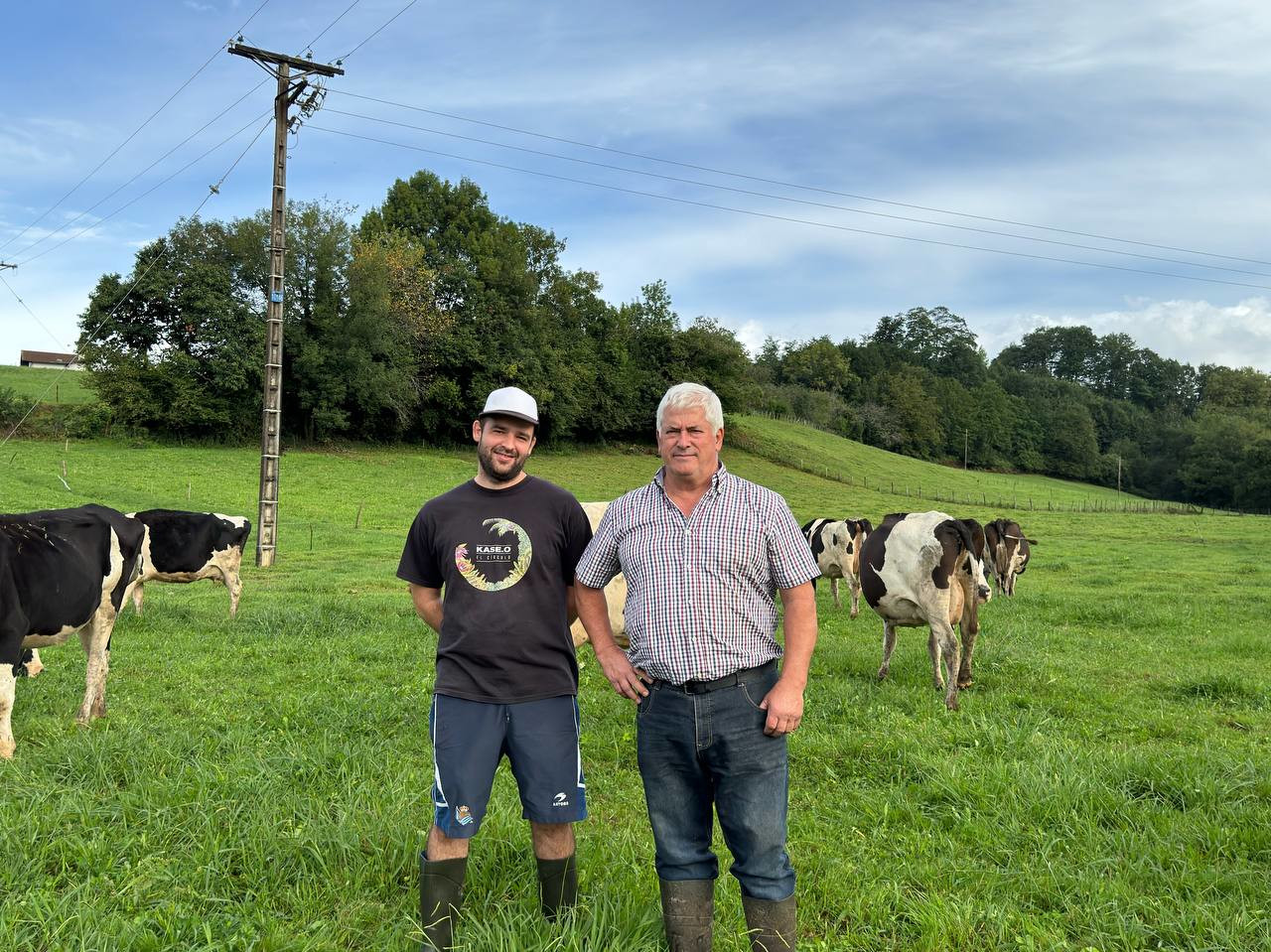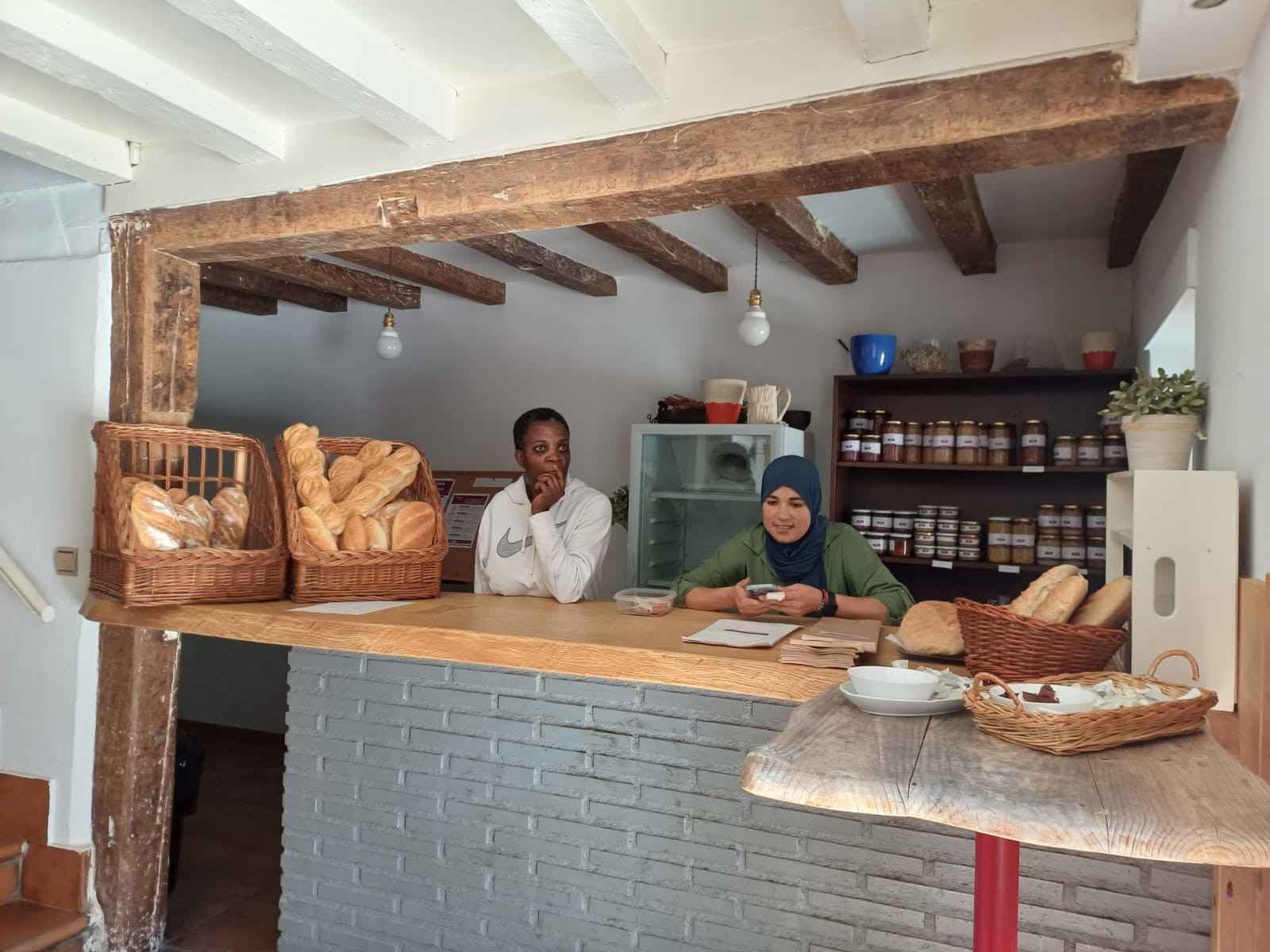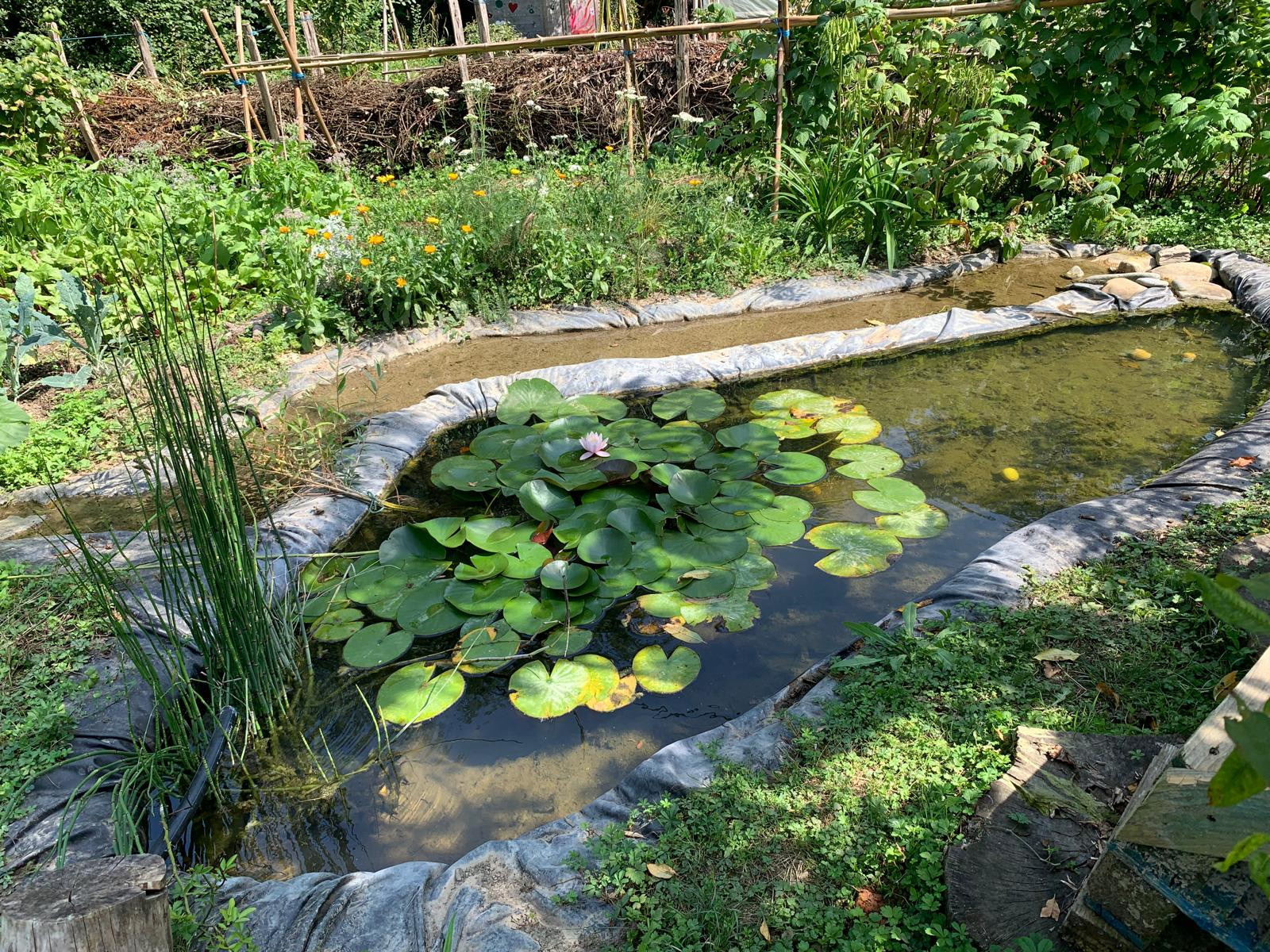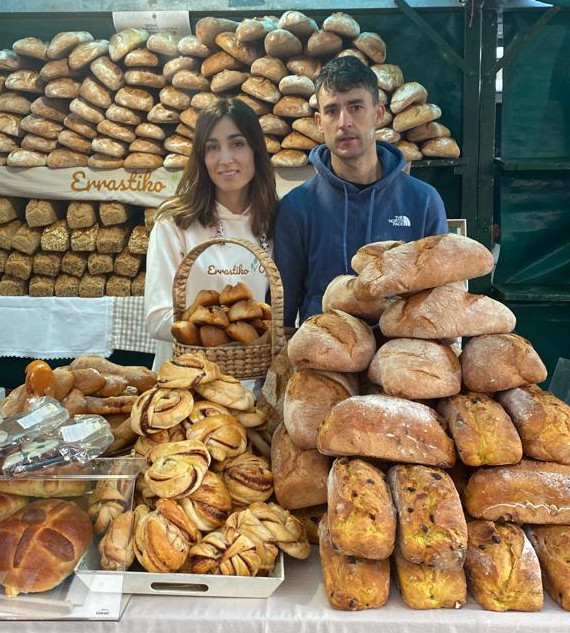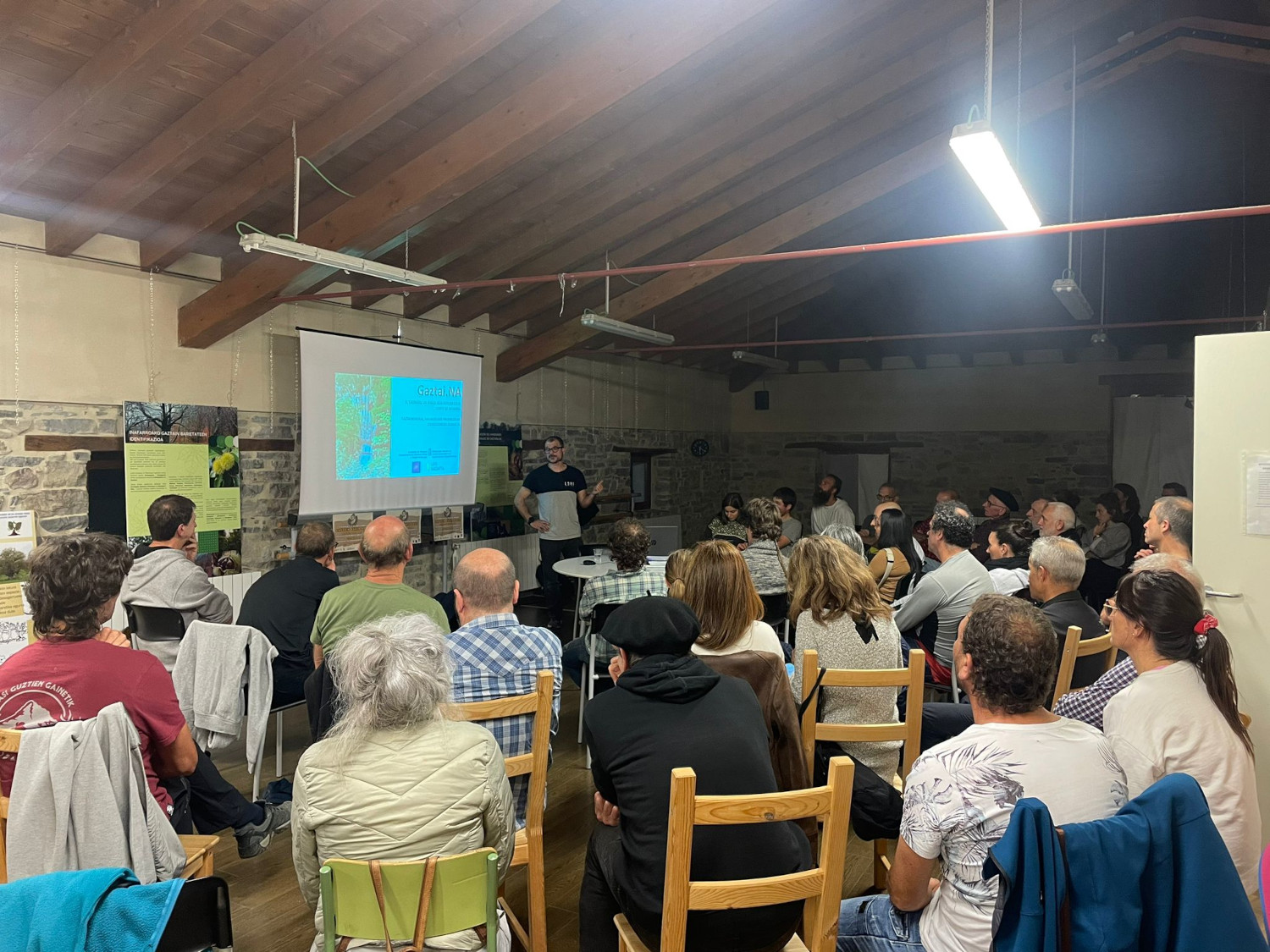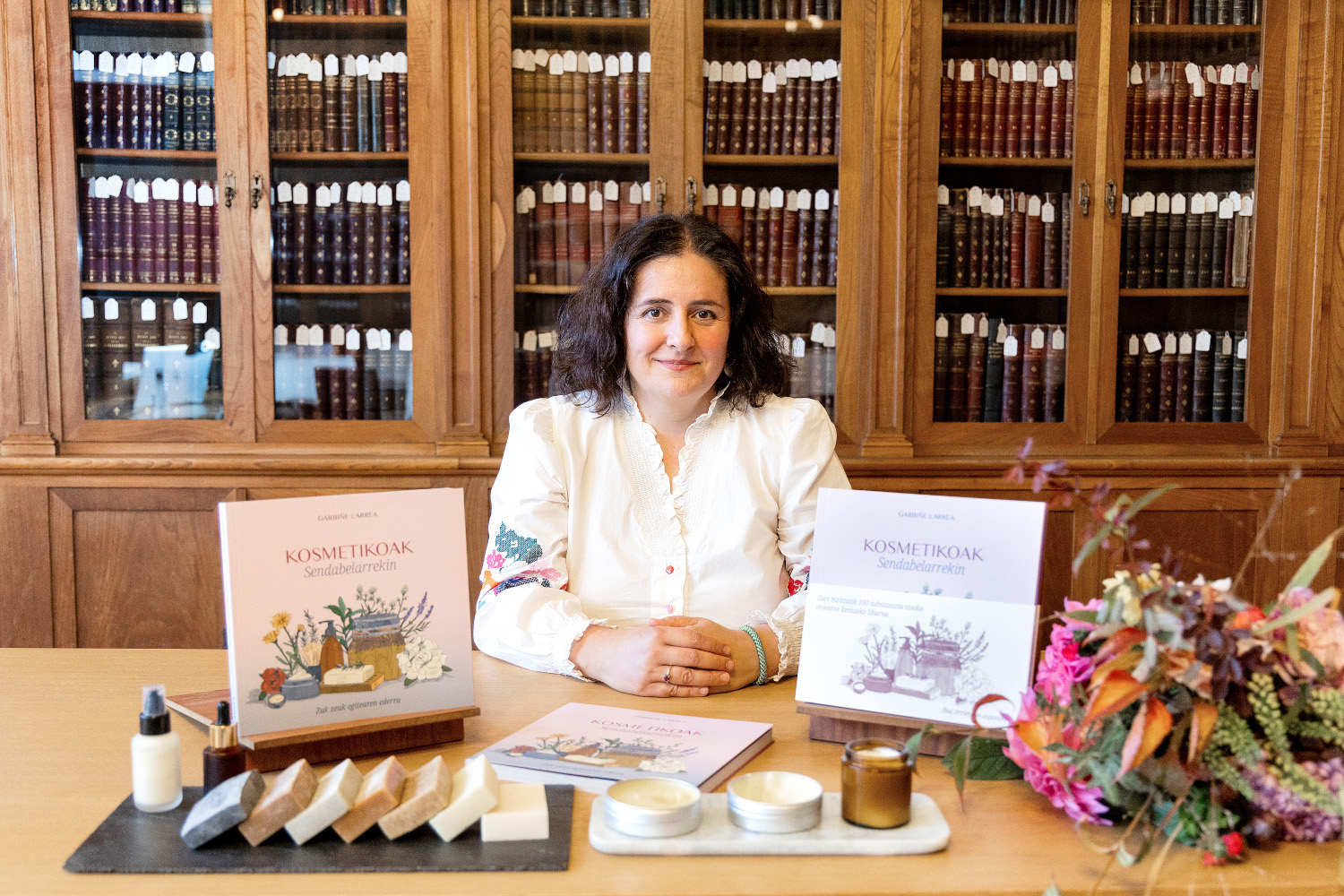Working to give a new life to chestnut
- Over the past six years, BEÑAT Itoiz has been immersed in the world of chestnut. Its objective was to return to the earth and set up a project, far from the cultivation, machining and industrial model. It was then decided to launch a project related to chestnut tree, with the objective of revitalizing the abandoned lands and the activity itself: “I studied how and with what people have lived here throughout history and how these forms of life and production can re-enter our world,” he says. During these years he has created numerous products from this fruit and is convinced that chestnut can be a good opportunity for the economy of the farmhouse.

Flour, hummus, biscuits, beer, pasta, chocolate, vinegar, honey, candied chestnuts, paprika with cheese, paprika… these products and many more make them in the Basque Country Gaztain Etxea of Makea. Itoiz knew he couldn't live on that with chestnuts sold for just two or three months. That is why he started his research into the product market, and although he initially had doubts, he quickly saw that yes, there are enough chestnuts in Iparralde and that they are enough to transform them.
In the absence of land, Itoiz buys chestnuts from nearby farms. “Every year, 15 tons of purchases come into the farms in the north, and in them we have a processing point and a point of sale.” They have tools to dry chestnuts and stone eyhera, among others, that transform almost all the product. Cider, chocolate and some other, however, are made outside. “By expanding the chestnut market and creating an economic network, the goal is also to take care of the environment,” he said. In fact, the creation of the market around chestnuts also leads them to care for, preserve and regenerate these plants.
Chestnut at the height of the Gernika tree
"Why have we in Euskal Herria taken the Gernika tree as a symbol, rather than a chestnut? he wondered with humor Itoiz. In fact, for thousands of years people have been feeding chestnuts and using their wood. The organizers wanted to collect all that history through the photos and explanations they have made in space. “Among other things, we also have a map of the North, which explains the number of hectares of chestnut that existed in each town before the ink disease of 1860 and its associated economy.”
It is curious that most of the chestnut consumed today in Europe and in our country is imported from outside. In the French state, Itoiz said that about 80% of the waste was imported from outside, especially from Turkey and China. To turn the project around, in addition to the product offering, he now works with several cooks to propose new dishes made with chestnut: marmitako, risottos, pastas… “There is the possibility of creating a real economy, and not just keeping alive the memory of chestnut. You have to save the trees and reactivate the economy,” he concluded.
Gipuzkoako hamaika txokotatik gerturatutako hamarka lagun elkartu ziren otsailaren 23an Amillubiko lehen auzo(p)lanera. Biolur elkarteak bultzatutako proiektu kolektiboa da Amillubi, agroekologian sakontzeko eta Gipuzkoako etorkizuneko elikadura erronkei heltzeko asmoz Zestoako... [+]
Emakume bakoitzaren errelatotik abiatuta, lurrari eta elikadurari buruzko jakituria kolektibizatu eta sukaldeko iruditegia irauli nahi ditu Ziminttere proiektuak, mahai baten bueltan, sukaldean bertan eta elikagaiak eskutan darabiltzaten bitartean.








